Technology on tillage farms continues to move at a rapid pace. Over the course of a decade, GPS and precision agricultural technologies have become mainstream in many tillage regions and this trend will likely continue over the coming decade.
This has been greatly helped by schemes such as the Tillage Capital Investment Scheme (TCIS).
As technology develops, so too do the rules which governs its use. Drones are the prime example of this.
The use of drones on farm as a management tool is still limited. However, the number of farmers who use drones to inspect crops using multispectral sensors or HD images continues to rise.
New technology
With a raft of new drone technology in the pipeline, it is likely that we will see farm drone use increase over the coming decade.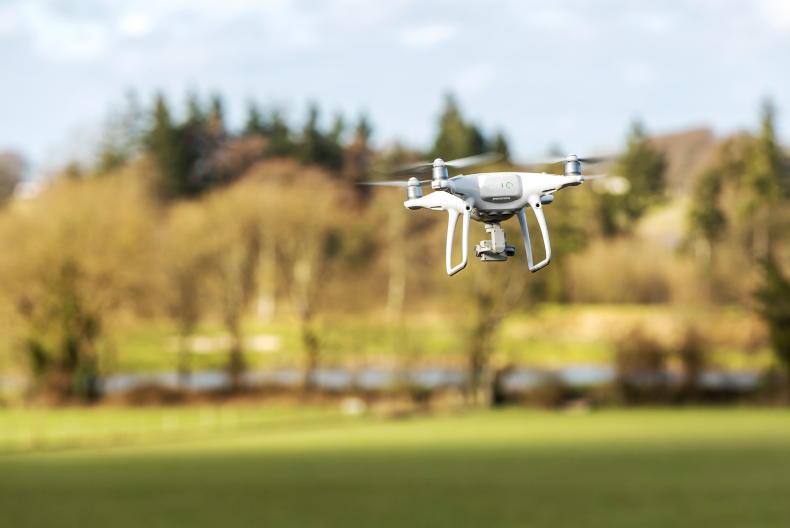
But the rules which you must follow when you fly or own a drone have changed. Drone operators must now register their drones regardless of whether they are for commercial or personal use under new European rules.
The new EU drone regulations came into effect on 1 January 2021 and require all operators using any drone over 250g in weight, or those with a camera or sensor, to be registered.
Previously, all drones over 1kg and drones operated above 15m (50ft) had to be registered with the Irish Aviation Authority (IAA).
Implementation
Flying and operating drones in Ireland is subject to European Union Regulation 2019/947 and registration is mandatory. 
The IAA supervises and implements the regulation in Ireland.
The IAA also provides guidance for operating and flying drones in order to ensure public safety. The new regulations set out further pan-European requirements for drone operators, including requirements for pilots of drones to complete training.
Registration
Registration can be completed with the IAA on the MySRS portal by an individual pilot or an organisation by following this link online: https://www.iaa.ie/general-aviation/drones
The fee to register is €30 for a two-year operator registration certificate. Operators must be a minimum of 16 years of age. The IAA will require authentication of the operator’s identity including name and age when registering.
Labels
Once registered, pilots must apply their operator ID to the drones. New drones over 250g with electronic ID transmission will be entering the EU market shortly and will require users to upload their operator ID into the drones.
If operators lose their drone, they will have to notify the IAA on their MySRS account.
Operators will remain responsible for any drone with their operator ID on the drone should it be subsequently used.
Furthermore, if an operator is involved in an accident with their drone, they have a legal requirement to report this to the IAA.
Operation in EU and UK
The new EU regulation creates a pan-European market for drone use. This means pilots can operate their drone freely throughout the EU once registered. The rules also come into effect in Norway, Iceland and the UK.
Safety tips
when flying your farm drone
Below are 10 safety tips to follow when using your drone this year, as suggested by the IAA:
1 Fly your drone no higher than 120m and watch for powerlines.
2 Make sure you can see your drone when flying (no more than 300m away).
3 Do not fly your drone over an assembly of people, for example, at a parade, a concert or sports event.
4 Do not fly your drone within 5km of an airport or military controlled airspace.
5 Do not fly within 120m of a person, vehicle, vessel or structure not under your direct control.
6 Do not operate your drone outside of your direct line of sight.
7 Do not fly your drone in a restricted area such as a prison or military installation.
8 Always seek permission from the landowner for take-off and landing.
9 Make sure you register as an operator at iaa.ie/drones. It’s the law.
10 Drone safety is your responsibility so never operate your drone in a negligent or reckless manner.
Technology on tillage farms continues to move at a rapid pace. Over the course of a decade, GPS and precision agricultural technologies have become mainstream in many tillage regions and this trend will likely continue over the coming decade.
This has been greatly helped by schemes such as the Tillage Capital Investment Scheme (TCIS).
As technology develops, so too do the rules which governs its use. Drones are the prime example of this.
The use of drones on farm as a management tool is still limited. However, the number of farmers who use drones to inspect crops using multispectral sensors or HD images continues to rise.
New technology
With a raft of new drone technology in the pipeline, it is likely that we will see farm drone use increase over the coming decade.
But the rules which you must follow when you fly or own a drone have changed. Drone operators must now register their drones regardless of whether they are for commercial or personal use under new European rules.
The new EU drone regulations came into effect on 1 January 2021 and require all operators using any drone over 250g in weight, or those with a camera or sensor, to be registered.
Previously, all drones over 1kg and drones operated above 15m (50ft) had to be registered with the Irish Aviation Authority (IAA).
Implementation
Flying and operating drones in Ireland is subject to European Union Regulation 2019/947 and registration is mandatory. 
The IAA supervises and implements the regulation in Ireland.
The IAA also provides guidance for operating and flying drones in order to ensure public safety. The new regulations set out further pan-European requirements for drone operators, including requirements for pilots of drones to complete training.
Registration
Registration can be completed with the IAA on the MySRS portal by an individual pilot or an organisation by following this link online: https://www.iaa.ie/general-aviation/drones
The fee to register is €30 for a two-year operator registration certificate. Operators must be a minimum of 16 years of age. The IAA will require authentication of the operator’s identity including name and age when registering.
Labels
Once registered, pilots must apply their operator ID to the drones. New drones over 250g with electronic ID transmission will be entering the EU market shortly and will require users to upload their operator ID into the drones.
If operators lose their drone, they will have to notify the IAA on their MySRS account.
Operators will remain responsible for any drone with their operator ID on the drone should it be subsequently used.
Furthermore, if an operator is involved in an accident with their drone, they have a legal requirement to report this to the IAA.
Operation in EU and UK
The new EU regulation creates a pan-European market for drone use. This means pilots can operate their drone freely throughout the EU once registered. The rules also come into effect in Norway, Iceland and the UK.
Safety tips
when flying your farm drone
Below are 10 safety tips to follow when using your drone this year, as suggested by the IAA:
1 Fly your drone no higher than 120m and watch for powerlines.
2 Make sure you can see your drone when flying (no more than 300m away).
3 Do not fly your drone over an assembly of people, for example, at a parade, a concert or sports event.
4 Do not fly your drone within 5km of an airport or military controlled airspace.
5 Do not fly within 120m of a person, vehicle, vessel or structure not under your direct control.
6 Do not operate your drone outside of your direct line of sight.
7 Do not fly your drone in a restricted area such as a prison or military installation.
8 Always seek permission from the landowner for take-off and landing.
9 Make sure you register as an operator at iaa.ie/drones. It’s the law.
10 Drone safety is your responsibility so never operate your drone in a negligent or reckless manner.






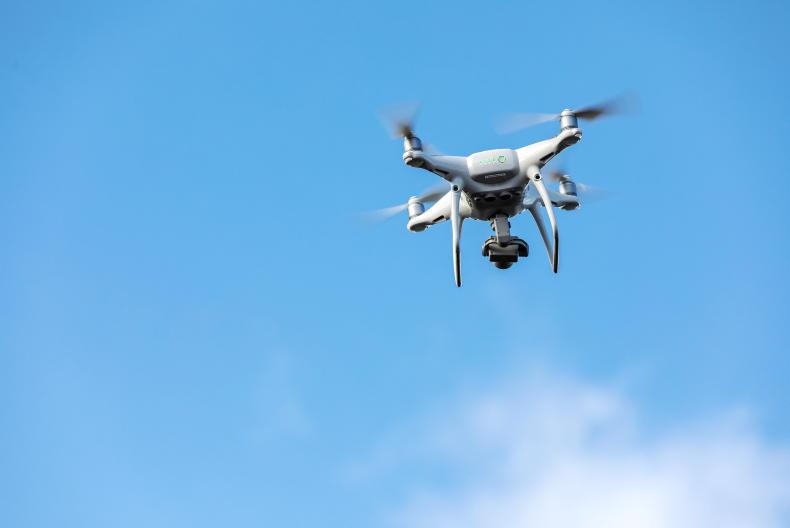
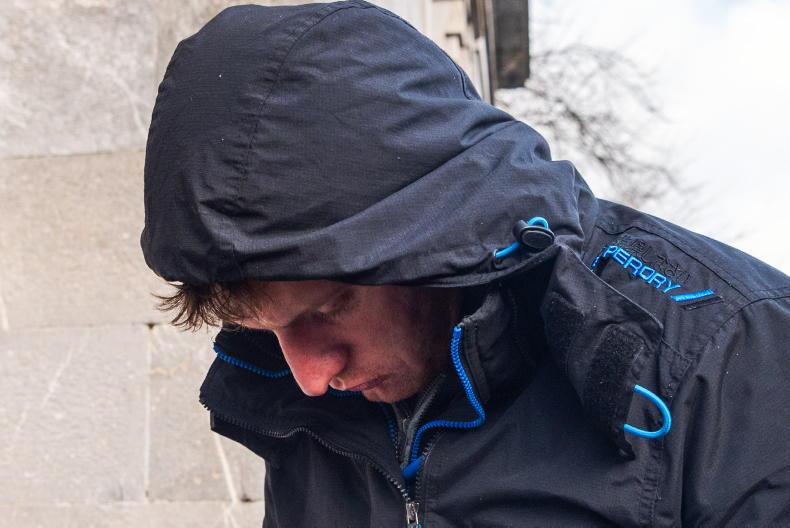


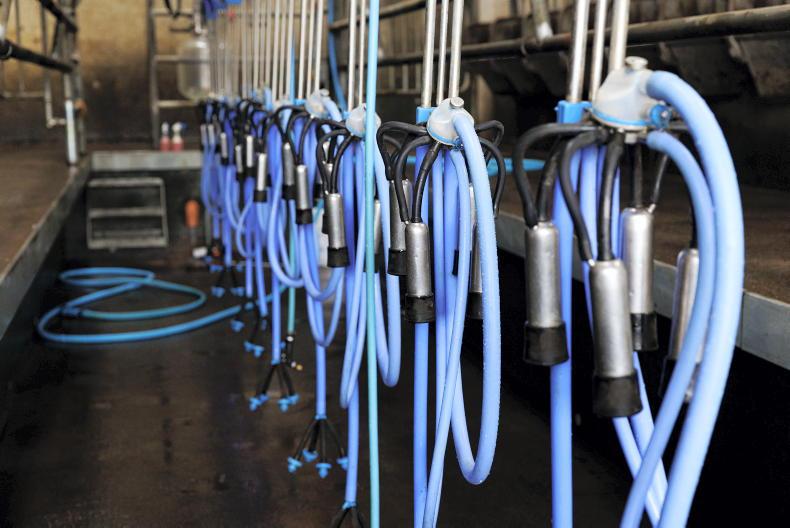
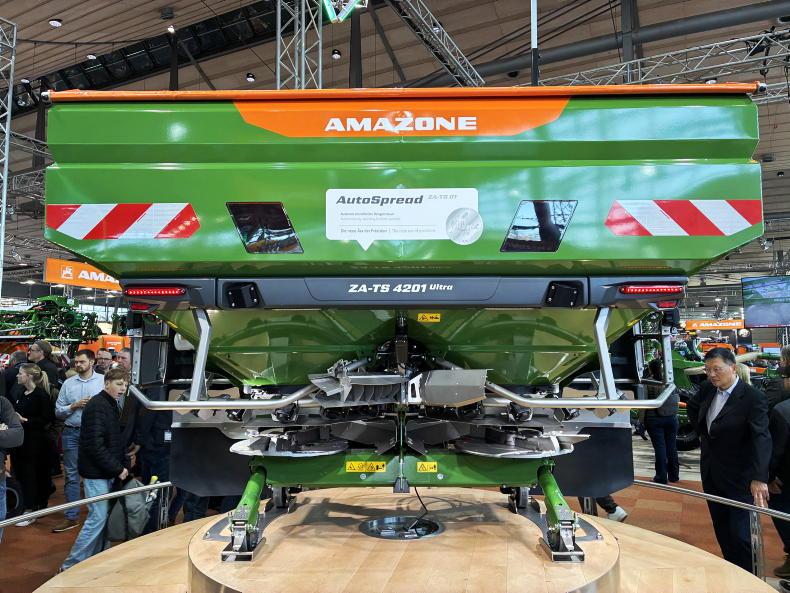
SHARING OPTIONS